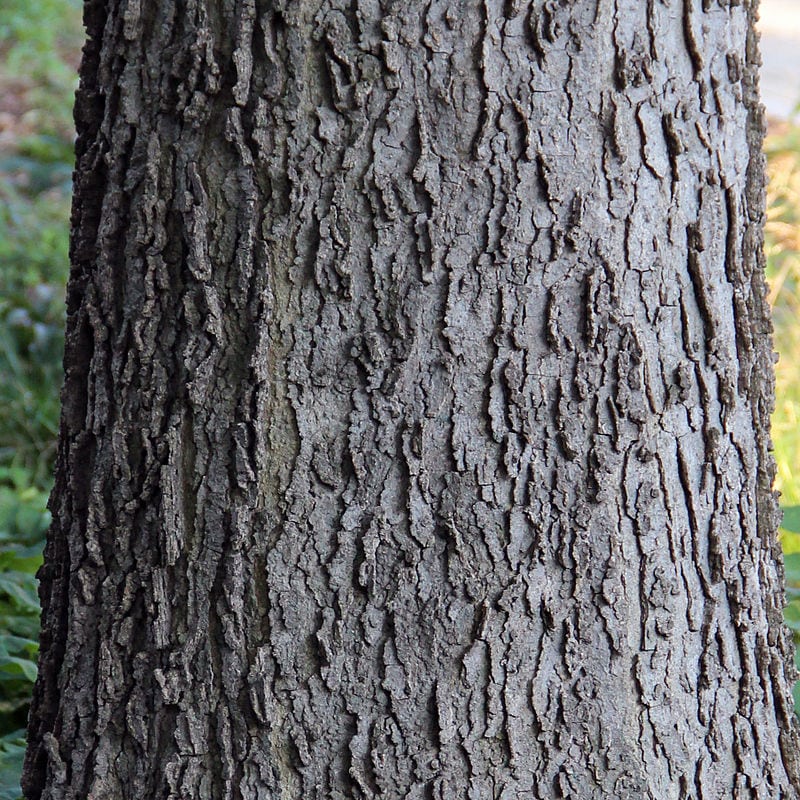
The Hackberry tree (Celtis occidentalis) is one of the most unique trees native to North America, but you may not have heard of the Hackberry tree because it goes by many different names.
If you would like to know everything that can be known about this tree you have come to the right place.
Hackberry Tree: Names, Names, Names
“The creation of a thousand forests is in one acorn.” — Ralph Waldo Emerson
The first place to begin with the hackberry tree is by its many different names. One of the most confusing things about this tree is that many different names are used to refer to it. So, being au fait with all the different names this tree is known as.
The technical Latin name for this tree is Celtis occidentalis. The tree is most commonly known as the common hackberry. But it is also known under many different names in North America, including the following:
- Nettle tree
- Sugarberry
- Beavertree
- American hackberry
- Northern hackberry
Whatever name you choose for it, this tree is a large deciduous tree. Deciduous trees and shrubs are those that shed their leaves, usually in the fall. The term “deciduous” makes reference to that as it means “tending to fall off” or “falling off at maturity”.
What Distinguishes A Hackberry Tree From Other Trees?
Actually, the hackberry tree is one of the most distinguishable trees in North America, even among elms and other hackberry trees because its bark is very much like cork and its protuberances look like warts.
But there are also some other features that distinguish this tree from others. There are also some other salient characteristics. For example, their leaves are quite distinct. They are very asymmetrical, but they also have a characteristically coarse texture.
During the mid-1990s, I collecteed thousands of hackberry fruits from trees all across the Midwest. I chemically analyzed each seed in order to formulate an equation relating the hackberry’s mineral makeup to the summer temperature under which it grew. – Hope Jahren
Hackberry trees produce small fruits, which can look quite different depending on the time of year. In the fall, its small fruits turn between orange, red, and even purple. These fruits can stay on the tree for several months at the time.
Some people confuse the common hackberry with the Celtis laevigata or sugarberry. Their main difference is that the common hackberry has wider, coarser leaves than the sugarberry. But there are also differences in their habitat and range.

Image source: Adam Shaw via Wikipedia, licensed under CC-BY-SA 3.0
What Does A Hackberry Tree Look Like?
Hackberry trees are often thought of as medium-sized trees. They have a height between 30 to 50 feet (or 9 to 15 meters) and they have a characteristically slender trunk. But, sometimes, they can get to be up to 130 feet (40 meters) tall.
Their heads tend to have a round top and their branches are pendulous.
While the hackberry tree prefers to grow on soil that is rich and moist, it can also grow on rocky or gravelly hillsides, too.
Their bark is either silvery gray or light brown. There is usually a distinct pattern on the surface.
Their leaves are ovate. And the tree usually grows greenish flowers around the month of May.
Where Can The Hackberry Tree Be Found?
As we said earlier, this tree is native to North America. But its habitat is limited to a few places.
Mostly, its habitat goes from some areas of southern Quebec and Ontario in Canada to some parts of the region of New England, North Carolina, South Dakota, and northern Oklahoma. So, while the area covered is huge, it is far from encompassing the whole of North America.
In those southernmost regions that the common hackberry reaches there is some overlap with the sugarberry variety, which can be hard to distinguish from.
Fire And Other Ecological Issues
One of the biggest problems with the common hackberry tree is its high susceptibility to damage caused by fire blight.
But that is not the only issue with this tree. Its leaves are sometimes eaten by insects, which can, in turn, cause tremendous damage to the tree as a whole.
The small berries that this tree produces, known logically as hackberries, are eaten by many mammals and birds alike.
The common hackberry tree is often a host to butterfly larval.
What Is The Common Hackberry Good For?
“On the last day of the world, I would want to plant a tree.” — W. S. Merwin
Because of its characteristic, hackberry wood is not that commercially viable. Its color is an unappealing light yellow, and it is not very strong compared to other trees. This means that it is only used in the manufacturing of cheap furniture and fencing.
The best use human beings have found from this North American tree has been using it as a landscape or street tree. The reason for this is not necessarily its looks but its tolerance for urban conditions.
This use of the common hackberry tree is actually more popular in Europe than it is in its native North America. These days we can see hackberry trees in the streets of Serbian and Slovakia. In the capital city of Slovakia, Bratislava, it is common to see common hackberry trees alongside other similar trees that are Celtis australis that grow in Eurasia, and commonly known as Mediterranean hackberry, European nettle tree, lote tree, Mediterranean hackberry, or honeyberry. This other deciduous tree is native to Asia Minor, North Africa, and southern Europe.









